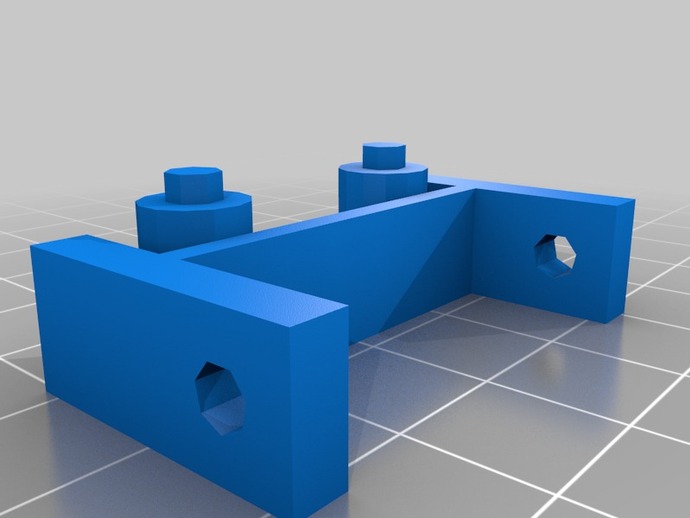
After looking at the Mars Exploration Rover: http://www.thingiverse.com/thing:10057 I was inspired to do something in OpenScad that I've wanted to do for a long time.This thing is a technique for representing and rendering your models using some arrays and 'recursion'.There are just a couple of routines introduced, but with them, you can essentially do something like:CSG([OP_UNION, [ [PRIM_CYLINDER, [2,2, 8+15+3],zero(), zero()], [PRIM_CYLINDER, [4,4, 3],zero(),zero()], ]]);or, if you just want to do a simple part; place_prim([PRIM_CYLINDER, [2,2, 8+15+3],zero(), zero()]);This is not earth shattering, but it's just another tool in the text modeling arsenal. Since the models, as well as the operations on parts, are simply represented as arrays of numbers, you can use functions to generate these, or concatenations of them.It's kind of interesting in that the code begins to look like LISP or other array based variants.At any rate, it's another technique.The openscad_vm.scad file contains the actual brains. There is a 'test_openscad_vm.scad' file that shows some test cases of all the routines. The file "mars_rover_vm.scad" takes some of the interesting parts from the inspiring mars rover project, and turns them into parts appropriate for usage in the openscad VM. The most complex object 'camera' shows how to nest CSG operations as well as primitive parts.1) Download the openscad_vm.scad file to your work environment 2) Construct some object using lots of []'s in your code 3) Rejoice!Note: As this version does not support polyhedron, nor the 2D primitives, it's a bit limited. But, those are fairly straightforward to add.One very interesting side effect is that you can use the OpenScad_VM representation of an object as a transport mechanism!! That realization is sinking in for me and simplifying my life.
- 0 inches x 0 inches x 0 inches
- this product is 3D printed
- 16 available colors
- material is a strong plastic
- free delivery by Nov 05
- 0 parts

